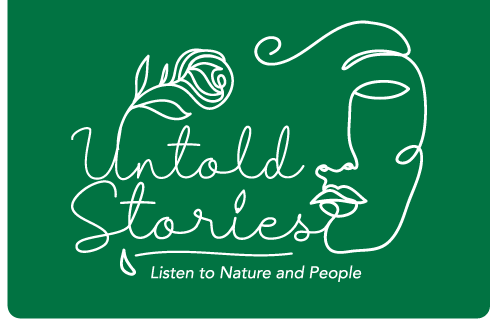12-5: “Green Areas”
My neighborhood is full of “green areas”, so my first instinct for this project was to go there and find something interesting. Of course, in this “green area” in my neighborhood, I would find a lot of species. Including a lot of colorful, big, little, green, and leafy species. So, from the second I got there all I see is, redundantly, all green.
Walking through there I started taking photos and paying more attention to any sound, patterns, and forms in which a species can grow. But, at the same time, I started questioning, why is there a specific space for wilderness to grow? This whole “green area” concept is very common in every city, but if you think it deeply, is a very meaningless way to perceive nature. In urban areas, often specified for humans only, wilderness is always there, whether we wanted or not. And it is very funny to think that before everything was populated and cities were built, wilderness and nature were there, reigning above all, living in their own kind of city.
Now, we have kind of colonized these spaces, making them our own. Making in it so exclusively that there are places destined for the wilderness. And now we called them “green areas”.
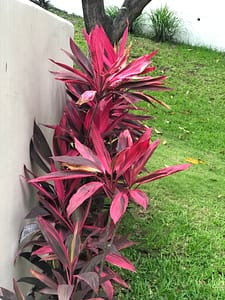
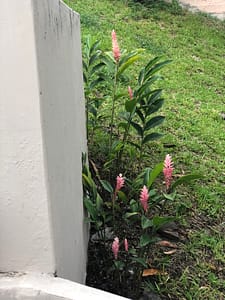
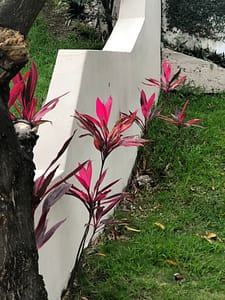
12-10: Blindness
On this day I decided to not wilderness where wilderness is expected. I just walked and walked through my neighborhood. In this specific moment, I perceived nature based on the variety of theories seen in class. I observed how species and wildlife can create their habitat in places that they are not supposed to. How they are always there but we don’t notice it. How invasive species can grow everywhere they want to. And how wildlife has no rules at all.
In a simple staircase, I found a variety of species growing in their own way. In the middle of the stairs, in corners of cement, leaning on murals. Similarly happened with species in the ground, where they created their habitat around sewers, cracks, molds, streets, pipelines, and others.
Visually, they are almost invisible. This is the “blindness” that we talked about in the past. “It is the impossibility to see nature beyond reflections of ourselves; beyond the cultural norms that have been constructed for us by centuries of philosophical thinking and scientific practices”. Seeing wildlife grow in places that are not supposed to be for the is rare. Not because it doesn`t usually happen, quite the opposite, it always does, but because we do not tend to perceive wildlife in our space, in urban life, we don´t visually see it.
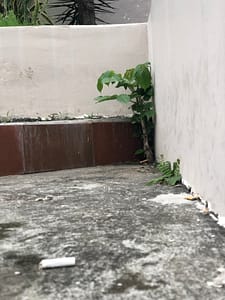
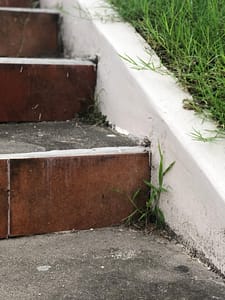
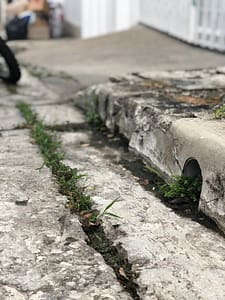
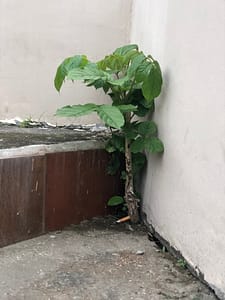
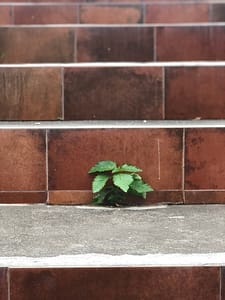
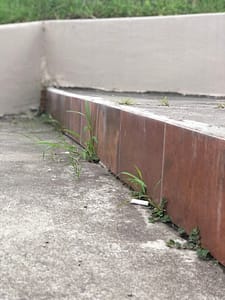
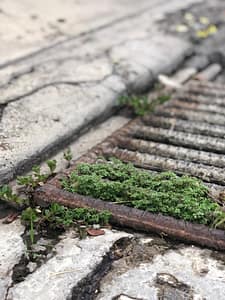
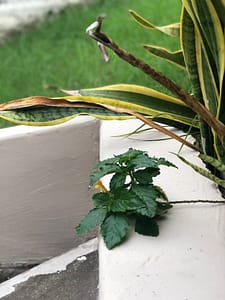
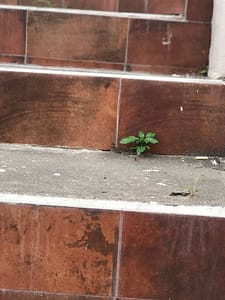
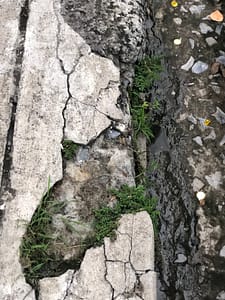
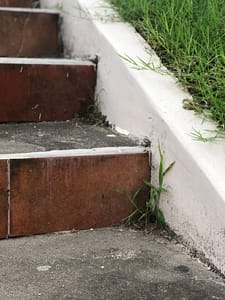
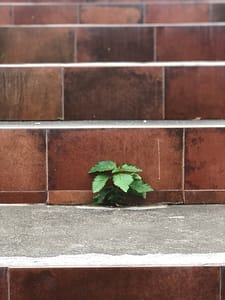
12-13: 5 pm Singing
On this day I realized the amount of interaction there is in only one place. Part of the process of this project is to kind of “prove” the theories and perceptions that a lot of authors presented in the course. Around my house, I found a lot of species interacting with each other. I could especially perceive how interactions between the urban and the wildlife can be possible not only visually but aurally.
As you can hear in the video, there is a lot of sounds. You can easily hear dogs barking, different kinds of birds singing, cars passing by, a sound of a television, the sound of the trees moving because of the wind, and others. These noises around my house are very normal, they happen every single day, but for me, it is almost impossible to hear. I am so used to this that I can barely hear them. But every day, around 5 pm the birds sing.
Everyday.
Letting me know that the day is ending.
Letting everyone in the neighborhood know that the sun is soon setting.
Never realized this before and honestly, it was my favorite finding during the project.
Seeing the birds fly and interacting in their own habitat between trees, cables, and pines were beautiful and interesting at the same time. As we´ve seen in class, they have their own function in urban life. And it is funny to think that their everyday singing at 5 pm may be one of their important roles in urban life. Letting people know that Labor Day is about to end.
Very interesting and overwhelming to hear and observe how they can create their own world around so much interaction with the urban. Thinking that in my house is happening one thing, in the one next to me people were probably watching a movie with a loud volume in their tv, the dog in the other house was probably desperate to eat because of the barking, that the car passing by was probably worried about getting wherever he needs to be, while the birds were only doing their everyday chore. Singing at 5 pm. Existing in the urban. Just what we saw about the relational place. And funny to think that this doesn´t only happen around my house, my place. This happens all around the city, but we are too immersed in our very busy urban way of living that we do not see it. We do not hear it anymore.
